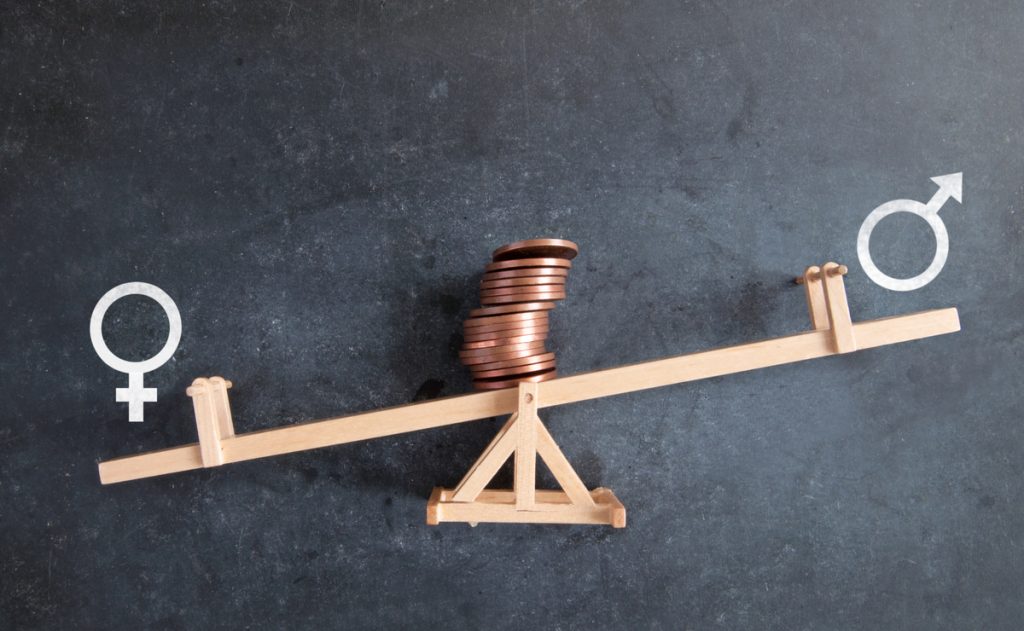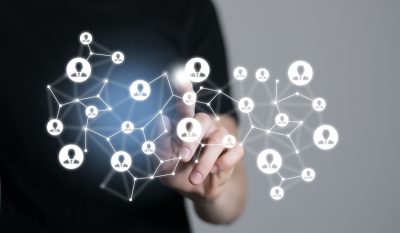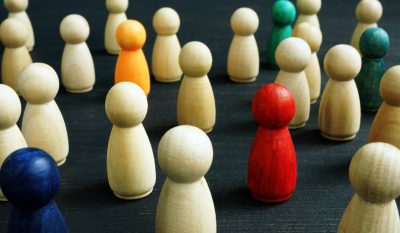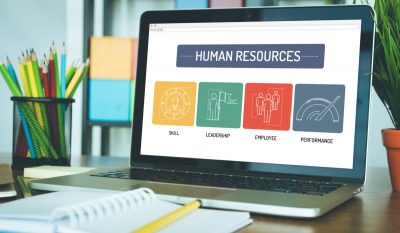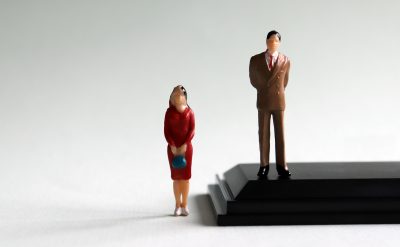Metaphor
“A figure of speech in which a word or phrase is applied to an object or action to which it is not literally applicable.”
Here is an interesting one called “breaking the glass ceiling.”
Primarily coined by feminists in reference to barriers in the careers of high-achieving women. Further extended in the US context, the metaphor also means “minority women in white-majority countries often find the most difficulty in “breaking the glass ceiling.”
Decoding the metaphor
A glass ceiling in the metaphor is referred to as an invisible barrier that prevents women and minorities from getting to the highest ranks in a corporation. What might not be clear is how prevalent the glass ceiling is, even in the 21st century.
Does this metaphor get you thinking?
I am sure, Yes.
However, to resolve the problem at the root level, let’s get started with decoding the basics by getting an answer to,
How can AI close the gender bias gap?
Tech-savvy concepts like AI (Artificial Intelligence) add to computers and other devices’ ability to work smartly even without human intervention with the ability to transform the world intensely.
We do not have a clear idea now about how, where, and when these concepts will make a difference. However, one thing is certain that AI has the full potential to disrupt employment patterns.
It is speculated that over decades, millions of jobs will be discarded and created. And AI will impact humans in countless ways as it permeates decision-making and workplace processes.
Getting to the problem
Like any other technology, AI, too, has a dark and bright side. However, most of us often focus on the dark side, especially about gender bias in AI hiring. This concern indeed is well-founded and well-documented. But on the other hand, where unconscious bias is a huge issue at workplaces in areas such as recruitment appraisal, AI tools, AI algorithms: and, indeed, AI systems come to the rescue.
Flaws in traditional hiring
In a typical hiring scenario, applications are reviewed by recruiters. Several studies have shown that such processes knowing or unknowingly lead to an unconscious bias toward women, older age groups, and minorities.
Technically speaking, when resumes are collected against online job postings, there happen to be millions of applications just for a few hundred jobs. This is where traditional hiring methods fail ridiculously in fairly handling a large pool of applications.
Why AI looks like a promising option for unbiased hiring?
Before we get into details,
It is essential to understand that AI is only as biased as the human processes it simulates.
After all, the core of AI is data. And if that data is received from a biased dataset, it can propagate Artificial intelligence bias.
In simple terms, AI independently does not have a conscience of its own. So, it can only be as faulty as the human processes it imitates.
Please note:
People or businesses who use AI for hiring should confirm if the design is appropriate and if it can maintain or stop bias in the process.
Role of AI in unbiased recruitment
When AI is intentionally powered and managed (by humans), AI can help bridge the gender bias gap on sourcing, hiring, and recruiting.
Sourcing
Sourcing has the capability to shape a talent pool by finding qualified and skilled people. AI makes it possible to scan and review these applications instead of human intervention that works on a tight timeline. Therefore, automated decisions can actually cut out applicants at this point in time at a very early stage.
However, to avoid this, recruiters must,
- Consider using the right keywords in the job description
- Select channels used for promoting the vacancy wisely
- Lastly, make sure to consider the criteria used to screen the applicants
Undeniably, understanding where the bias occurs in these areas in the organization will help businesses make the best use of AI to improve the overall sourcing experience and attract a larger number of diverse candidates that are a perfect match.
Recruiting
AI and machine learning are being extensively used across industries to recruit the best talent. Through augmented intelligence, recruiters can hire more proactively by determining a candidate’s culture fit.
AI improves the recruitment process and revolutionizes HR by smartly tweaking the way they work during screening candidates, matching candidates, removing bias, and better candidate assessment.
Hiring
AI is programmed to deliver data, analysis, and projections about candidates shortlisted to screen, interview, and hire.
But it is essential to understand that only humans can create a bond behind the application—post which AI can gauge the likelihood of a particular offer and generate a competitive offer.
Furthermore, AI-powered chatbots work toward eliminating the social stigma and stress from salary negotiations.
Conclusion
AI has the caliber to bring back humans to recruiting without falling prey to gender bias. On the contrary, there is more to this topic. Stay tuned to find out if AI helps or hinders women in the workforce in part II of this blog.




